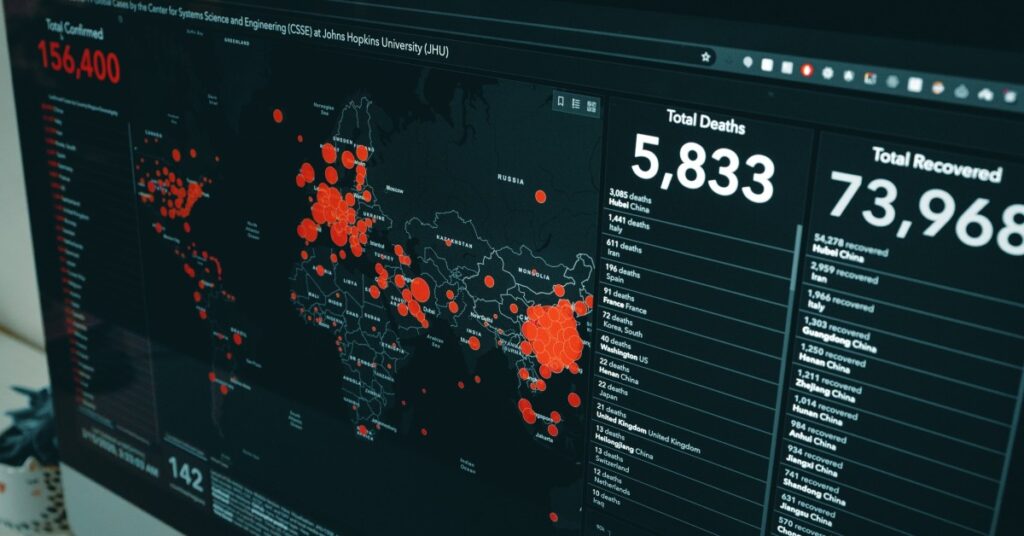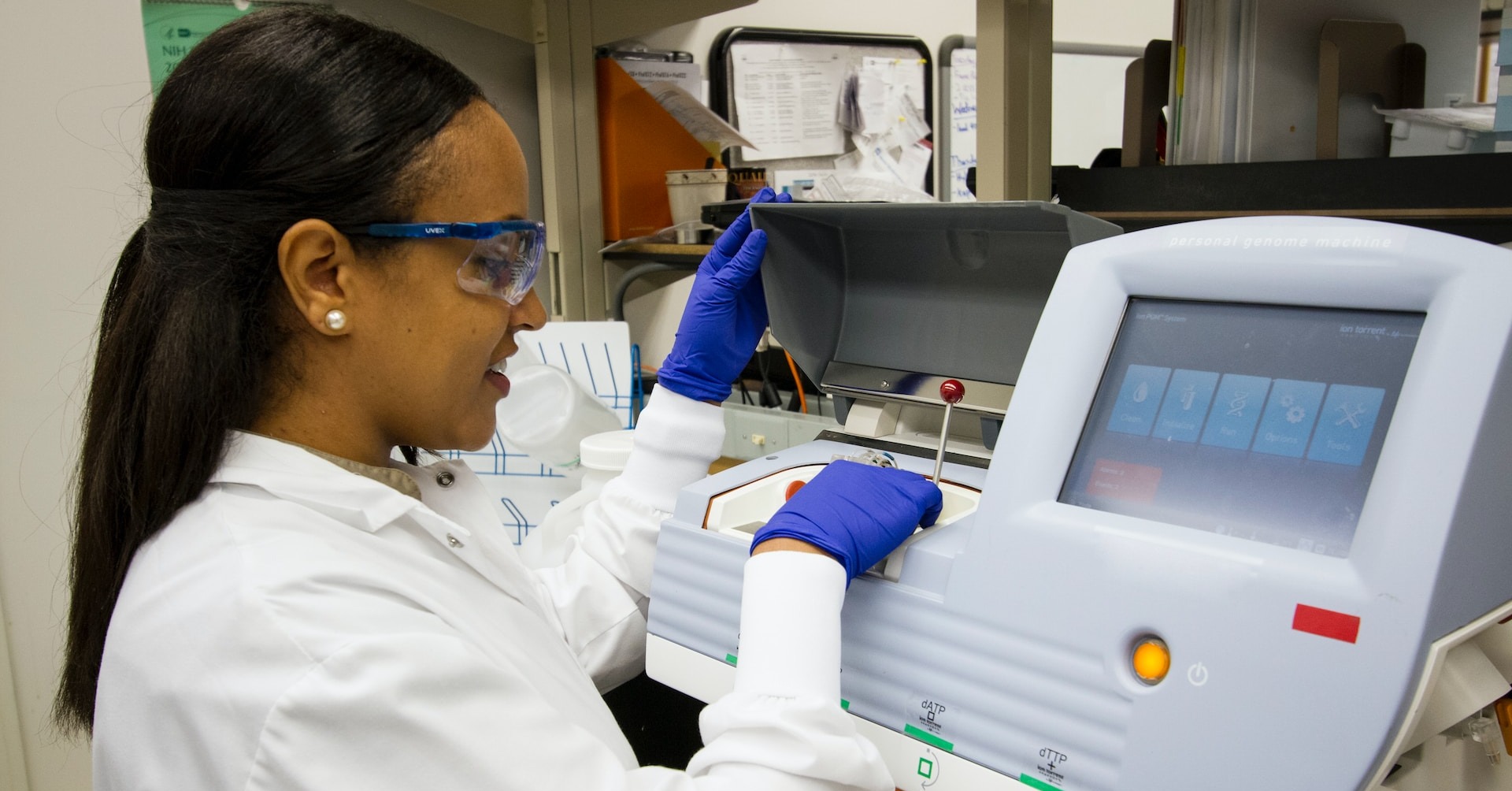
What Does a Family Nurse Practitioner Do?
Family nurse practitioners perform most of the same tasks as [...]

When someone says “do the math,” you’ve already done it in your head. In college, you naturally gravitated toward mathematics and other STEM disciplines. Numbers come easily to you, and you especially like the idea of an average annual salary around six figures. Aggregate this data and the probability is greater than random that you’re suited to a career in statistics.
Statisticians are in demand from coast to coast, according to the U.S. Bureau of Labor Statistics (BLS). Mean annual wages range from lows in the Midwest and Rockies ($88,400 in Minneapolis-St. Paul, $94,120 in Denver) to highs on the coasts ($125,860 in New York, $129,620 in San Francisco, California).
While regional differences account for some of statisticians’ salary range, education levels also factor in. A master’s degree opens more doors to statistician jobs than a bachelor’s degree alone, giving you a competitive edge and boosting your earning potential. A master’s also qualifies you for higher-responsibility jobs in management, strategic planning, and advanced statistical applications.
So, how much will you make with a statistics degree? This article explores that question. It also covers the following topics:
Statisticians gather, analyze, and interpret data in a variety of fields, including government, corporate, healthcare, finance, and insurance. They apply statistical models and methods to real-world problems. Responsibilities vary depending on where you work and what kind of information your employer needs. Duties may include:
A statistician needs strong analytical and technical skills, naturally. Other necessary skills may be less obvious, such as communication and leadership. “Truly effective statisticians must be able to think critically about the data that they are analyzing through the lens of key stakeholders and executives,” Kelsey Miller writes in a Northeastern University blog. “Learning to think like a leader can help statisticians identify trends and data points that can make a big difference in their organizations.”
A veteran statistician recently summed up the profession for people following in his footsteps. Bob Riffenburgh, 91, retired in 2021 after practicing and teaching statistics for more than 65 years. He worked in everything from oceanography and psychology to space exploration and medicine.
“The whole point of statistics is understanding how the process works, not producing some optimal-but-dry statistic,” Riffenburgh told Amstat News, a magazine for members of the American Statistical Association. He added, “Don’t think of statistics as a pairing between a static problem and a static method. Think of finding the picture the data tell you.”
| University and Program Name | Learn More |
|
Pepperdine University:
Online Master of Business Administration
|
|
|
Boston College:
Master of Science in Applied Analytics
|
|
|
Merrimack College:
Master of Science in Data Science
|
That range of salaries from Minneapolis to San Francisco mentioned earlier only begins to tell the story of statisticians’ pay. How much does the average statistician make? Nationwide, statisticians earn an average base salary of $82,665, according to Indeed. Sixty-three percent of statisticians in the United States believe their salaries adequately cover the cost of living in their area, Indeed reports.
The best-paying companies for statisticians in the United States are in medicine, finance, and staffing, with average salaries ranging from $153,926 at Bayer to $181,903 at Medidata Solutions, Indeed reports.
The median salary for statisticians in 2020 was $92,270, according to U.S. News and World Report, which indicated a median salary of $121,800 for earners in the top 25 percent and $68,810 for those at the low end of the scale. The magazine ranked statistician eighth among the 100 Best Jobs for 2022. It also ranked statistician third in Best Business Jobs and seventh in Best STEM Jobs.
Adding a master’s degree to your resume may increase your earning power and open additional opportunities, Indeed reports the degree can be especially lucrative for those who “specialize in fields with more cash flow and demand for statisticians and data analysts. Two fields that offer this are the federal government and research and development for the sciences.”
Listed below are the best-paying fields for statisticians and their annual mean wages, according to the U.S. Bureau of Labor Statistics (BLS):
These industries, shown with their annual mean wages, have the highest levels of employment for statisticians, according to the BLS:
Finally, here are the industries with the highest concentration of employment for statisticians, along with their annual mean wages, as reported by the BLS:
A wide range of job titles fall under the general heading of statistics, such as:
Statisticiansbenefit job security and a wide range of employment opportunities. They also enjoy opportunities to make a difference in the world. “The importance of data analysis and applied statistics is relevant to nearly every area of our lives,” according to Michigan Technological University, which offers a master’s degree and a graduate certificate in applied statistics. “As the field of applied statistics continues to evolve, professionals qualified to lead organizations and governments with data insights will make a significant impact on the lives of generations to come.”
Projects where statisticians provide a valuable public service include:
Colleges and universities across the country offer statistics degrees. The American Statistical Association has compiled a list of schools offering degrees in statistics and biostatistics.
Required courses vary from school to school, but here are some you may need to take en route to a statistics degree:
If you have a head for figures and an analytical mind, a career in statistics could be the road for you. It’s a road that offers many different ways to earn a healthy salary and, in many cases, serve the greater good.
Questions or feedback? Email editor@noodle.com

Family nurse practitioners perform most of the same tasks as [...]

You'll find FNPs in primary care clinics, hospitals, urgent care [...]

Epidemiologists work in many settings, including hospitals, universities, and federal, [...]

Choosing a high-quality online MBA program that complements your long-term [...]
Categorized as: Business Intelligence & Analytics, Data Science, Information Technology & Engineering